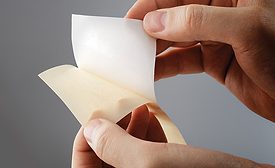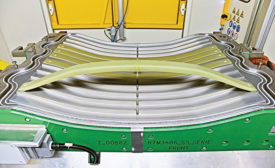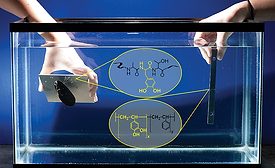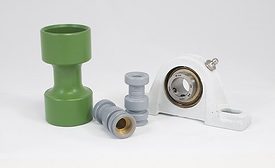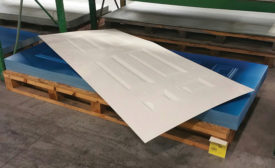Featured on Home Page
To remain competitive, suppliers must deliver innovations that enable formulators to develop products that satisfy consumer demand.
Read More
Advancing Adhesives
High-Performance Bonding
New adhesives offer manufacturers solutions to reduce weight and gain fuel efficiency.
November 1, 2017
Advancing Adhesives
Underwater Bonding
A new “biomimetic” glue can provide high-strength bonding under water.
November 1, 2017
Is Your Company the Next Blockbuster?
Sparking new innovation can help companies succeed.
November 1, 2017
Top 5 News that Sticks
Bostik News Receives Most Reader Interest
Last week, readers were most interested in Bostik’s expansion news.
October 30, 2017
Advancing Adhesives
Solving Engineering Challenges with Functional Coatings
Teflon™ and other functional coatings can solve design problems including excessive wear, sticking, noise, and corrosion.
October 27, 2017
Is Glue the New Fashion Trend?
Fashion designers are entering the runways with something a little different than consumers are used to seeing in clothing lines: stitch-free clothing.
October 25, 2017
Royal Adhesives and Sealants Sale to H.B. Fuller Final
"We are proud of our commitment to innovation and our long-term customer relationships," said Ted Clark, president and CEO of Royal.
October 24, 2017
Top 5 News that Sticks
PPG/Renault-Nissan Partnership Made Top News
Readers were most interested in PPG’s partnership with Renault-Nissan Alliance last week.
October 23, 2017
Case Study
Creating a Better Bond with Laminated Coil
OEMs turn to custom formulators to solve complex adhesion problems with laminated coil and sheet metals.
October 20, 2017
Keep the info flowing with our eNewsletters!
Get the latest industry updates tailored your way.
JOIN TODAY!Copyright ©2024. All Rights Reserved BNP Media.
Design, CMS, Hosting & Web Development :: ePublishing
